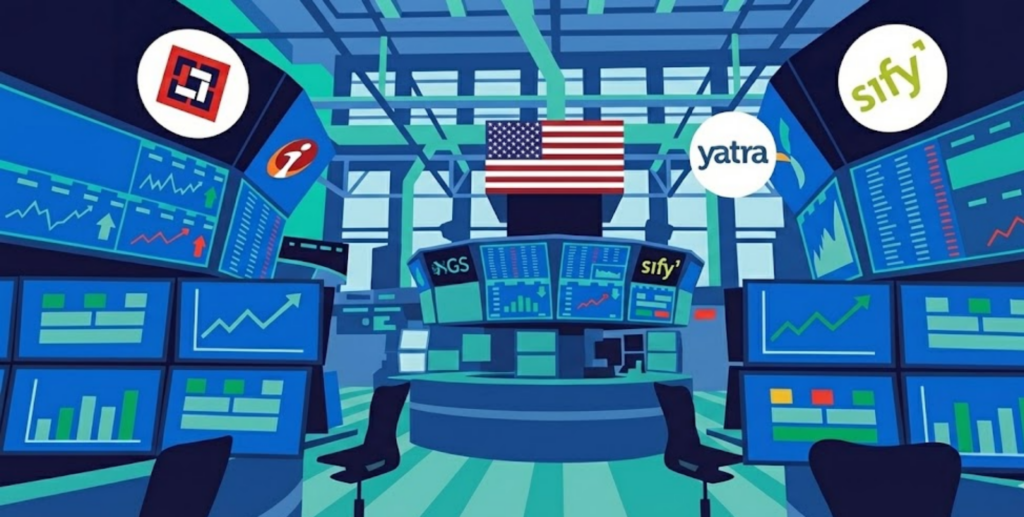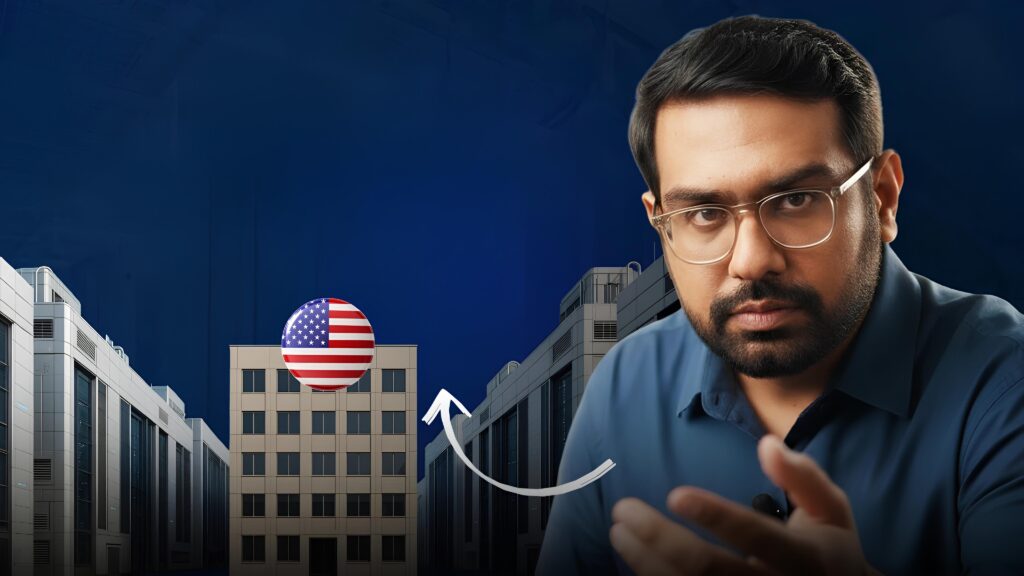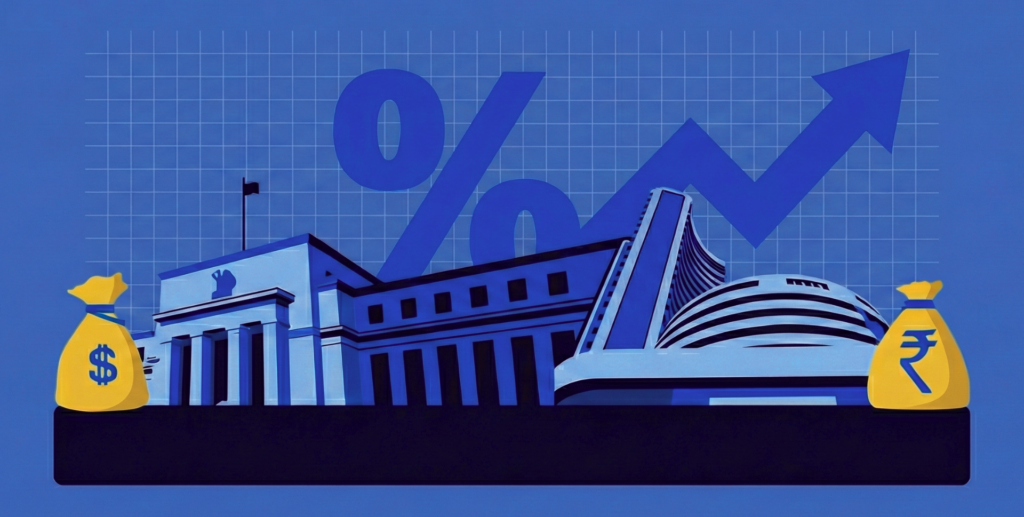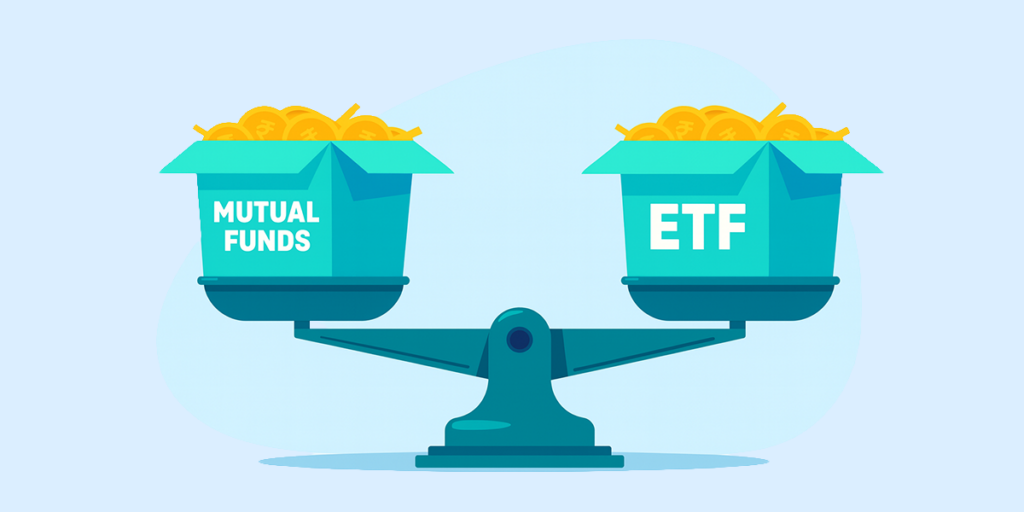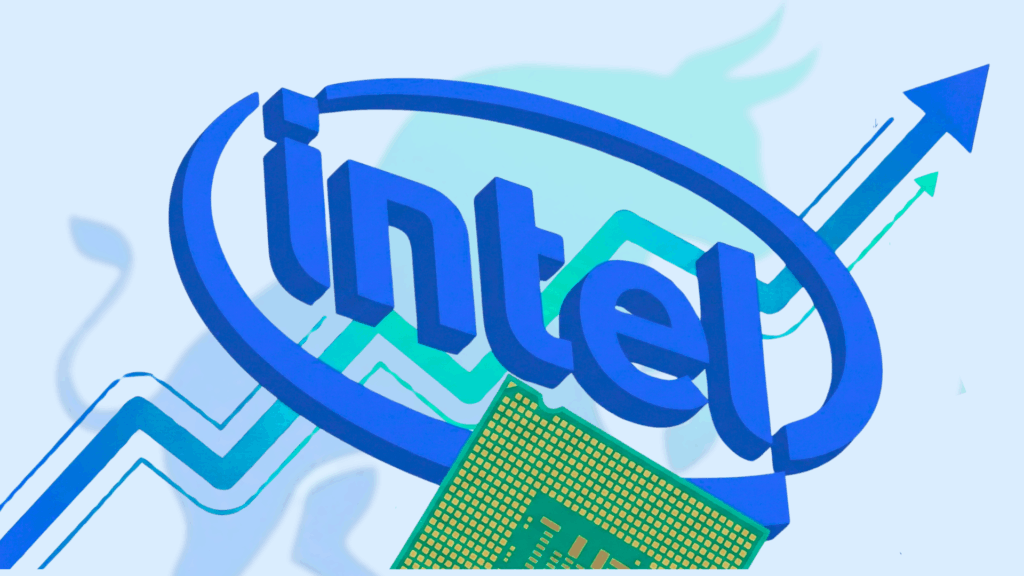Diversifying your equity portfolio globally is no longer optional—it is a strategic necessity. The US market, home to approximately 60% of the world’s largest companies, offers critical exposure to high-growth sectors like Artificial Intelligence (AI) and advanced semiconductors currently underrepresented in India. Crucially, investing in USD assets helps combat the inherent risk of rupee depreciation; the INR weakened by 5% to 6% last year against the US dollar. By capitalizing on this currency trend alongside market returns, Indian investors can achieve up to 25% additional returns over time. To understand the optimal strategies and instruments for this game-changing journey, watch the full masterclass embedded below.
The historical performance data underscores this powerful opportunity. Over the last 15 years, the tech-heavy NASDAQ 100 delivered a compelling 24.2% CAGR (in USD terms), significantly outpacing the Nifty50’s total return index of 12.4%. Even when looking at the recent volatile five-year period, the US markets demonstrated resilience: the NASDAQ 100 returned an impressive 20.7% CAGR, compared to 16.8% for the Nifty50. These consistent results highlight the robust growth potential that global investment adds to your overall portfolio.Starting your journey is easier and more accessible than ever before. Beginner investors are strongly advised to utilize Exchange Traded Funds (ETFs) or Index Funds, like the S&P 500, for instant diversification and risk dilution across hundreds of holdings. Using modern platforms that offer fractional shares, you can begin investing in top US companies with a corpus as small as 1 Rupee. Furthermore, employing a Systematic Investment Plan (SIP) is highly recommended by experts for volatility management, ensuring you benefit from dollar cost averaging regardless of short-term market swings.
Disclaimer: Investments in securities markets are subject to market risks. Read all the related documents carefully before investing.





